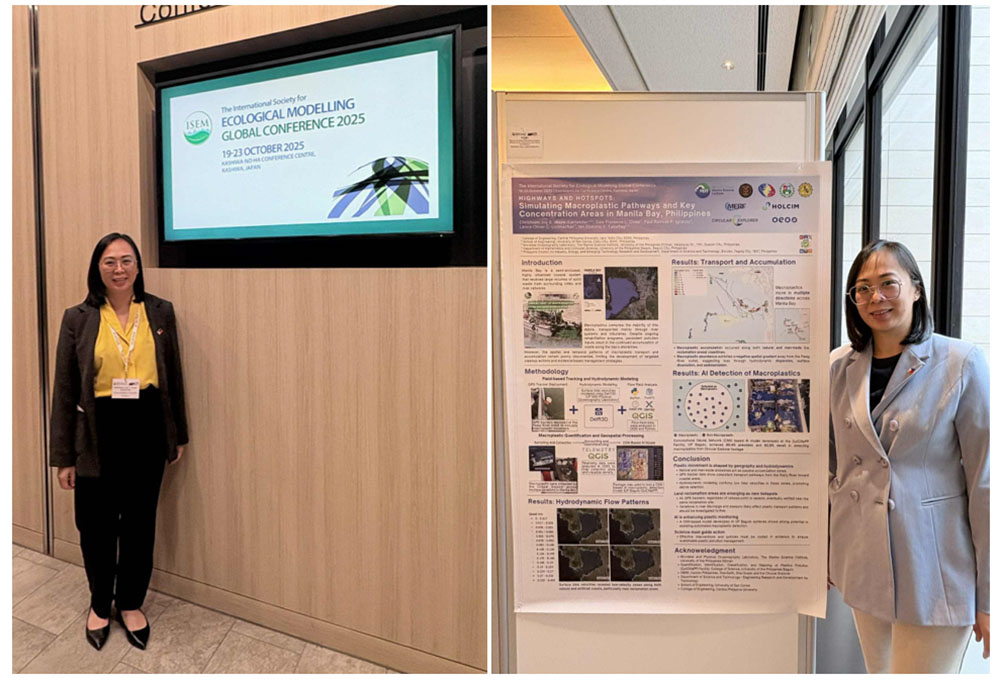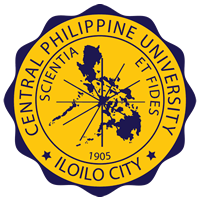By Engr. Christsam Joy S. Jaspe-Santander
Kashiwa, Japan – October 19–23, 2025

On October 19–23, 2025, at the ISEM Global Conference in Kashiwa, Japan, Engr. Christsam Joy S. Jaspe-Santander, Acting Chair of CPU’s Chemical Engineering Department, presented her research on macroplastic pathways in Manila Bay.
Engr. Christsam Joy S. Jaspe-Santander, Acting Chairperson of the Chemical Engineering Department, presented her research poster titled “Highways and Hotspots: Simulating Macroplastic Pathways and Key Concentration Areas in Manila Bay, Philippines” at the International Society for Ecological Modelling (ISEM) Global Conference 2025, held at the Kashiwa-no-ha Conference Centre in Japan.
With the theme “From Data to Decision: Empowering Ecosystem Management through Modelling,” the conference brought together global experts to explore how modelling tools can integrate diverse datasets to forecast environmental scenarios, evaluate management strategies, and strengthen collaboration among ecologists, data scientists, and policymakers toward evidence-based environmental action.
Engr. Jaspe-Santander’s study utilized GPS tracking, DELFT3D hydrodynamic modelling, and AI-based detection to analyze macroplastic transport and accumulation patterns in Manila Bay. Results revealed that plastic debris moves through multiple pathways before converging in reclamation areas, where low tidal velocities promote debris retention. The AI-assisted quantification achieved over 90% precision, underscoring its potential for future automated waste monitoring applications.
The research highlights the environmental implications of coastal reclamation and the need to integrate science-based modelling in formulating sustainable waste management strategies. Presented alongside international experts, Engr. Jaspe-Santander’s work demonstrates how ecological modelling and artificial intelligence can advance efforts to address plastic pollution and promote data-driven environmental policy and coastal resilience.
This research was made possible with the support of the Microbial and Physical Oceanography Laboratory of the Marine Science Institute, University of the Philippines Diliman; the Quantification, Identification, Classification, and Mapping of Plastics Pollution (QuICMaP) Facility, UP Baguio; MERF; Holcim Philippines; One Earth; the Circular Explorer Project; the Department of Science and Technology – Energy Research and Development for Technology; the School of Engineering of the University of San Carlos; and Central Philippine University.
